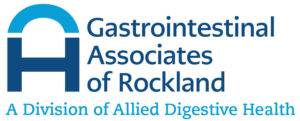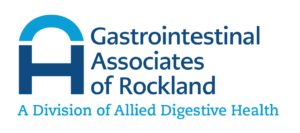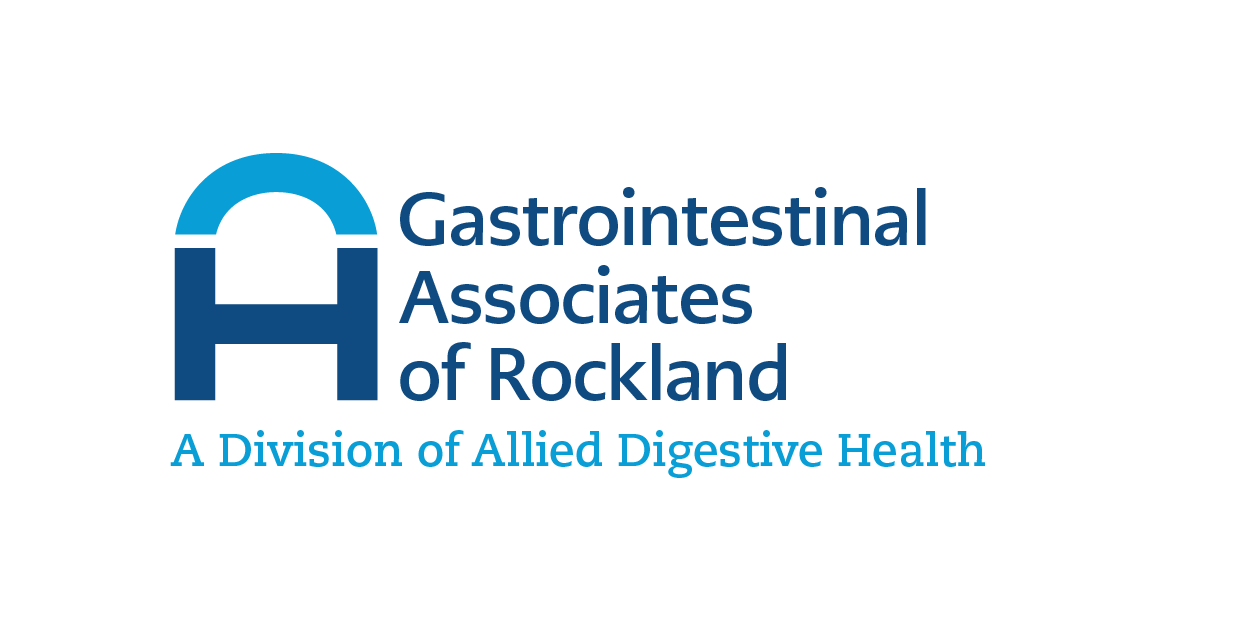What is Endoscopic Retrograde Cholangiopancreatography (ERCP)?
This procedure enables a physician to diagnose problems in the liver, gallbladder, bile ducts and pancreas. The liver is a large organ that, among other things, makes a liquid called bile that helps with digestion. Several small tubes (bile ducts) collect the bile from the liver and drain into one larger tube (common bile duct) which opens into the duodenum (first part of the intestine). The gallbladder, which is attached to the common bile duct, is a small pear shaped organ that stores bile until it is needed for digestion. The pancreas is a large gland that produces chemicals that help with digestion, and hormones such as insulin. These chemicals are collected by a tube (pancreatic duct) which course through the pancreas. Both the pancreatic duct and common bile duct open into the duodenum.
Why is ERCP Done?
ERCP is used primarily to diagnose and treat conditions of the bile ducts, including gallstones, inflammatory strictures, blockages (obstruction), leaks, and cancer. ERCP can also be used to examine diseases of the pancreas, such as pancreatitis, stones or strictures of the pancreatic duct, pancreatic cysts and tumors.
How Does One Prepare for ERCP?
The upper GI tract must be empty before ERCP. Generally, no eating or drinking is allowed for 6 to 8 hours before the procedure. Smoking and chewing gum are also prohibited during this time.
Patients should tell their doctor about all health conditions they have—especially heart and lung problems, diabetes, and allergies— and all medications they are taking. Patients may be asked to temporarily stop taking medications that affect blood clotting or interact with sedatives, which are often given during upper GI endoscopy.
Medications and vitamins that may be restricted before and after ERCP include:
- nonsteroidal anti-inflammatory drugs such as aspirin, ibuprofen (Advil), and naproxen (Aleve)
- blood thinners
- blood pressure medications
- diabetes medications
- antidepressants
- dietary supplements
Driving is not permitted for 24 hours after ERCP to allow sedatives time to completely wear off. Before the appointment, patients should make plans for a ride home. Sometimes the patient will be kept in the hospital for observation after the procedure.
How is ERCP performed?
ERCP combines the use of xrays and an endoscope (flexible thin tube with a camera and light source) through which the physician can see the inside of the stomach and duodenum, and injects dyes into the ducts in the biliary tree and pancreas so they can be seen on xrays.
ERCP is performed at a hospital. Patients will first change into a gown and their belongings will be stored in a secure area. Patients may receive a local, liquid anesthetic that is gargled or sprayed on the back of the throat. The anesthetic numbs the throat and calms the gag reflex. An intravenous (IV) needle is placed in a vein in the arm so sedatives can be administered. Sedatives help patients stay relaxed and comfortable. Most patients fall asleep with sedatives during the procedure. While patients are sedated, the doctor and medical staff monitor vital signs. Patients continue to breathe on their own throughout the procedure. The procedure generally takes about 30 minutes to 2 hours.
During the procedure, patients lie on their stomach on an examination table. An endoscope is carefully fed down the esophagus and into the stomach and duodenum. A small camera mounted on the endoscope transmits a video image to a video monitor, allowing close examination of the intestinal lining. Air is pumped through the endoscope to inflate the stomach and duodenum, making them easier to see. The endoscope is advanced down to the duodenum, where the openings of both the common bile and pancreatic ducts are located. The openings are located at the major papilla (or ampulla). Special wires and catheters that slide through the endoscope allow the doctor to gain access into these ducts and permit the physician to inject dyes so the ducts can be seen on xray. The physician can use other instruments to do any of the following:
- Enlarge the openings of the bile or pancreatic ducts (sphinctertomy)
- Obtain biopsies or brushings of the ducts
- Remove stones
- Stretch any narrowed segments in the bile or pancreatic ducts (dilation)
- Place stents in the bile or pancreatic ducts to improve drainage
What Happens after the ERCP is Done?
After the ERCP, patients are moved to a recovery room where they wait about an hour for the sedative to wear off. During this time, patients may have abdominal pain, bloating or nausea. They may also have a sore throat, which can stay for a day or two. Patients will likely feel tired and should plan to rest for the remainder of the day. Unless otherwise directed, patients may immediately resume their normal diet and medications.
Some results from the ERCP are available immediately after the procedure. The doctor will often share results with the patient after the sedative has worn off. Biopsy results are usually ready in one to two weeks.
What are the Risks Associated with ERCP?
Generally, ERCP is a well tolerated procedure when performed by physicians who have the proper skills and training. The risks of complications are low, but they can occur. One complication is pancreatitis, which is inflammation of the pancreas. Other complications can include internal bleeding from the intestines, bile or pancreatic ducts, infection, or perforation (a hole or a deep tear in the lining of the gastrointestinal tract). Other risks involve complications related to the anesthetics and sedatives (breathing difficulties, aspiration) or complications related to heart and lung disease.


